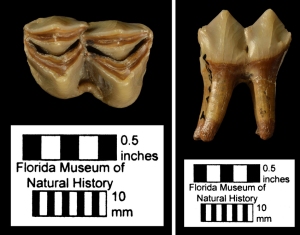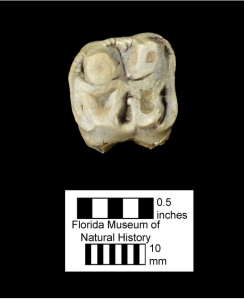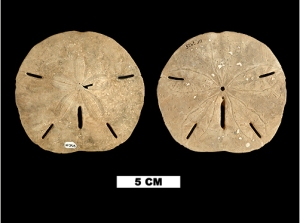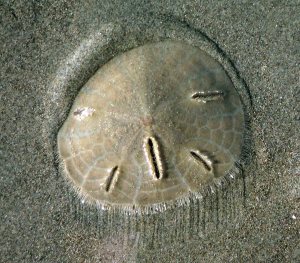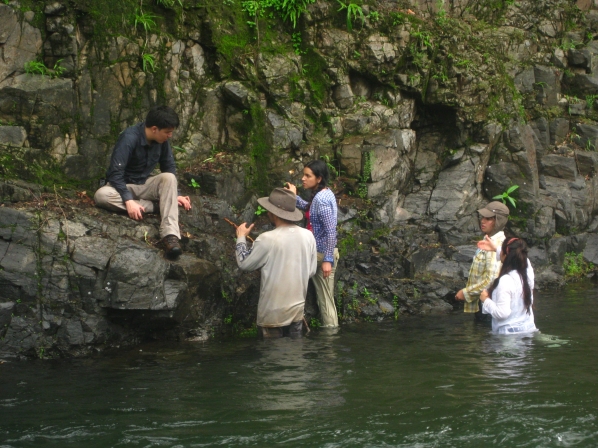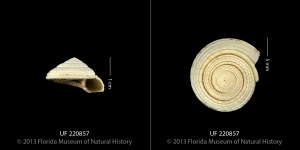
A lateral (left) and dorsal (right) view of the shell of the sundial snail Architectonica nobilis. Photo © IVP FLMNH.
The subject of this week’s Fossil Friday is the sundial snail Architectonica nobilis. This particular specimen is late Miocene in age and was found by former PCP PIRE Postdoc Austin Hendy in the lower Gatún Formation. This snail’s earliest occurence is in the early Miocene and can still be found in shallow marine waters today. These animals produce planktonic larvae that can travel great distances.
To find out more about this kind of snail, check out the Fossils of Panama page on it here.

